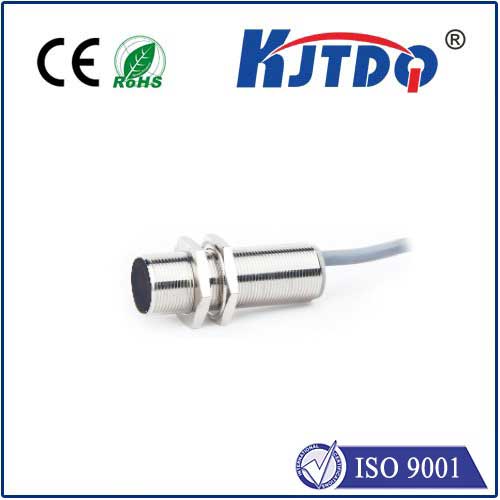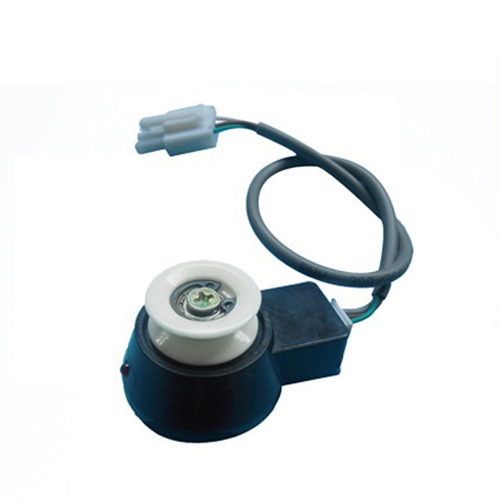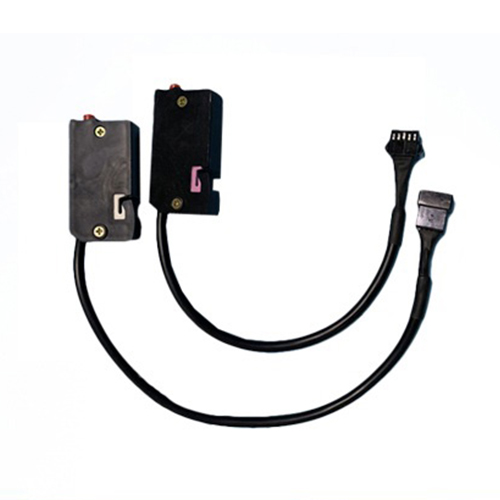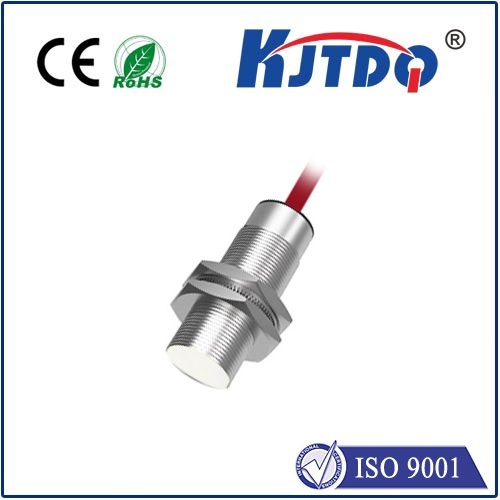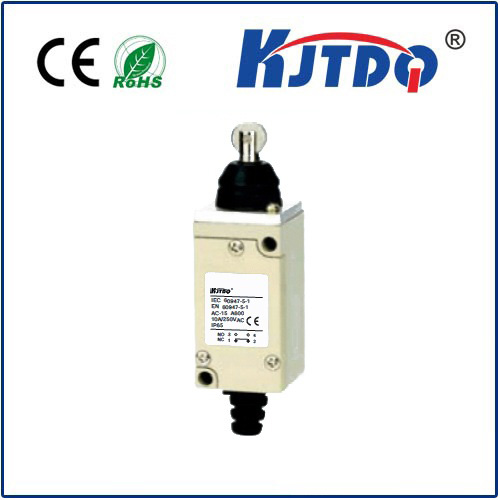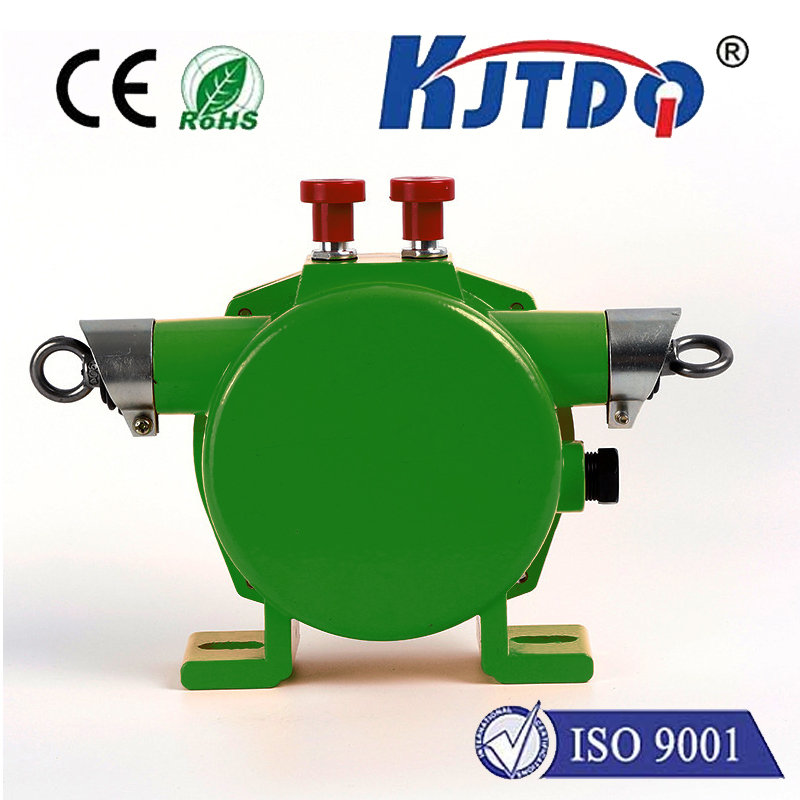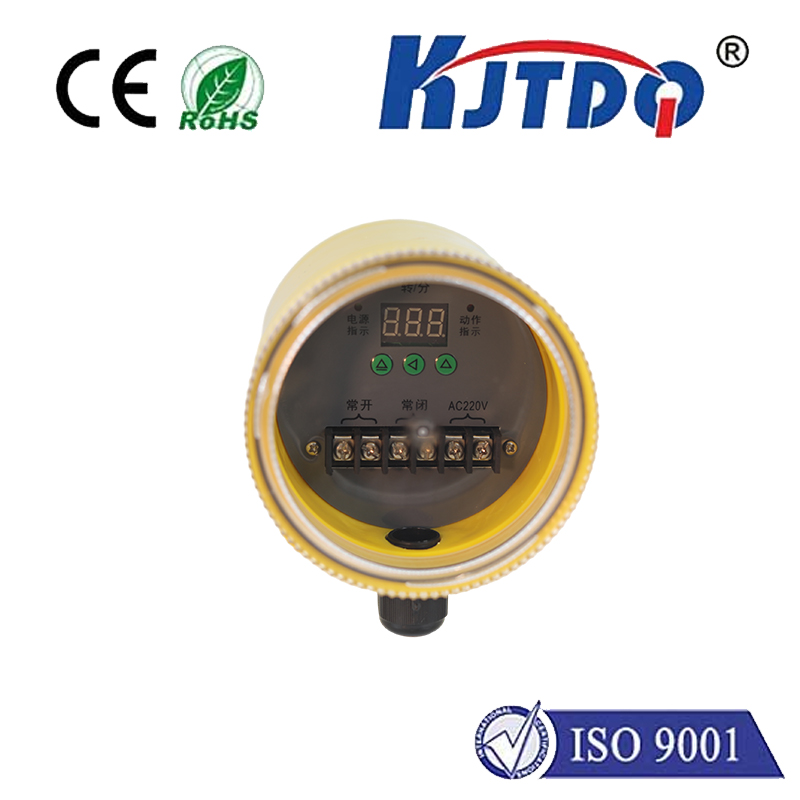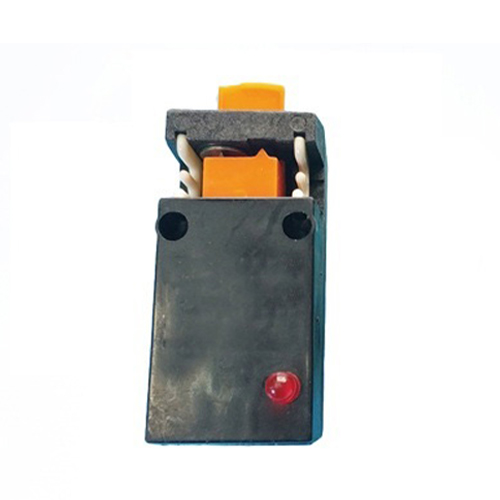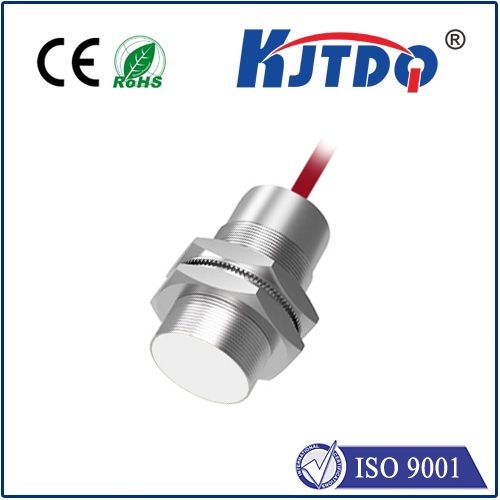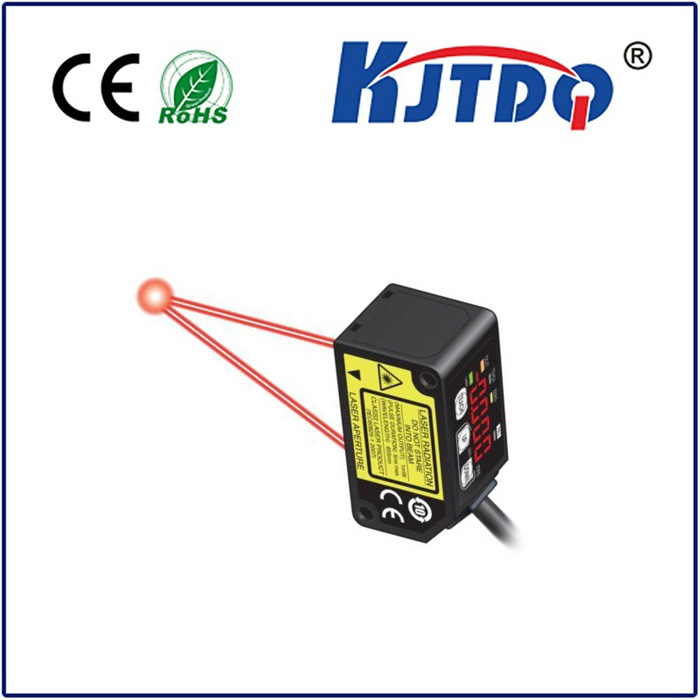BES03R8 proximity sensor
- time:2025-10-17 00:15:14
- Click:0
BES03R8 Proximity Sensor: Mastering Reliable Detection in Harsh Industrial Environments
Imagine a critical automated assembly line grinding to a halt. Not because of a complex robotic failure, but because a sensor tasked with simply detecting the presence of a metal component gave up under pressure. Exposure to dust, relentless vibrations, temperature extremes, or splashing coolants can swiftly incapacitate standard sensors. This is where robust, purpose-built components like the BES03R8 proximity sensor step into the spotlight, engineered to deliver unwavering performance where others falter.
At its core, the BES03R8 exemplifies the pinnacle of inductive proximity sensing technology designed explicitly for demanding industrial automation. Unlike optical or capacitive sensors, inductive sensors generate an electromagnetic field. When a metallic target (primarily ferrous metals like steel or iron) enters this field, it induces eddy currents, causing a detectable change that triggers the sensor’s output signal. This non-contact detection method is inherently resilient against contaminants like oil, grease, dirt, and water, making it ideal for unforgiving factory floors.

The Anatomy of Resilience: Key Features of the BES03R8
The BES03R8 isn’t just another sensor; it’s built to endure. Let’s break down the features that contribute to its legendary toughness and reliability:
- Robust Housing: Often constructed with high-grade materials like nickel-plated brass or stainless steel, the housing provides an exceptional shield against mechanical impacts, corrosive chemicals like cutting fluids or mild acids, and persistent abrasion encountered in material handling or metalworking. This physical resilience is fundamental for long-term operation.
- Superior Sealing: Achieving a minimum IP67 rating (and often IP68 or IP69K in specific variants), the BES03R8 offers outstanding protection against the ingress of dust and water. An IP68 rating signifies protection against continuous immersion, while IP69K denotes resistance to high-pressure, high-temperature washdowns—commonplace in food processing or pharmaceutical applications demanding stringent hygiene.
- Extended Temperature Range: Engineered to function reliably far beyond typical electronic components, the BES03R8 typically boasts an operating temperature range like -25°C to +70°C (-13°F to +158°F), sometimes wider. This thermal stability ensures consistent object detection whether installed near freezing cold storage areas, foundries, or under the hood of machinery generating significant heat.
- Precision Sensing: The “03” in its designation often refers to its standard 8mm operating distance (Sn). This means it can reliably detect standard steel targets (typically 1mm thick) at a distance of up to 8mm. The sensor features shielding (indicated by “S”), which concentrates the electromagnetic field towards the sensing face. This design offers two critical advantages:
- Reduced Interference: Shielding drastically minimizes the influence of surrounding metal objects on the sensor’s detection field, preventing false triggers and enhancing positioning accuracy.
- Flush Mounting Capability: Shielding allows the BES03R8 to be installed flush within a metal bracket or mounting surface without affecting its sensing capabilities, offering protection and streamlined installation.
- Diverse Output Options: Accommodating various control systems, the “R” typically signifies a 3-wire DC configuration. It commonly offers PNP (sourcing) or NPN (sinking) transistor outputs (NO - Normally Open or NC - Normally Closed variants), providing the flexibility needed to interface seamlessly with Programmable Logic Controllers (PLCs) or other industrial controllers.
- Resistance to Electrical Noise: Industrial environments are rife with electromagnetic interference (EMI) from motors, drives, and welding equipment. The BES03R8 incorporates design elements and filtering to ensure stable operation, minimizing susceptibility to disruptive electrical noise and guaranteeing signal integrity.
Why Choose the BES03R8? Unlocking Tangible Benefits
Integrating the BES03R8 proximity sensor translates into concrete operational advantages:
- Unmatched Reliability in Harsh Conditions: Its robust build and superior sealing mean drastically reduced downtime and maintenance costs. It thrives where other sensors might clog, corrode, or short-circuit, offering unparalleled process stability.
- Non-Contact, Wear-Free Operation: Unlike mechanical switches, there’s no physical contact with the target. This eliminates wear and tear on both the sensor and the target object, leading to extended service life.
- High Switching Frequencies: Inductive sensors like the BES03R8 can detect objects moving at high speeds, making them perfect for high-speed counting, sorting, or position verification tasks on production lines.
- Immune to Dust, Dirt, Oil & Coolants: The sensing principle inherently ignores non-metallic contaminants, ensuring reliable detection even in the messiest industrial settings like machining centers or mining operations. Visibility issues that plague optical sensors simply don’t apply here.
- Resilience Against Vibration & Shock: Engineered for environments with heavy machinery, the BES03R8 maintains stable operation despite significant mechanical stress.
Critical Applications: Where the BES03R8 Excels
The unique combination of toughness, precision, and non-contact sensing makes the BES03R8 proximity sensor indispensable across numerous sectors:
- Automotive Manufacturing: Reliable detection of metal components on engines, transmissions, chassis assembly lines, robotic welding cells (withstanding spatter), and paint shops (resistant to overspray). Monitoring conveyor positions, cylinder end positions, and pallet presence.
- Material Handling & Packaging: Verifying the presence or position of metal parts, pallets, containers, or machine guards on conveyors, automated guided vehicles (AGVs), and robotic pick-and-place systems in dusty or humid warehouses.
- Machine Tooling & Metalworking: Tool breakage detection, spindle position monitoring, workpiece presence verification, and door/interlock status checks on CNC machines, presses, and stamping equipment exposed to chips, coolants, and lubricants.
- Food & Beverage Processing (Metal Parts Detection): Ensuring metal parts like mixer blades, conveyor links, or valve actuators are in position within washdown environments (utilizing high IP69K rated variants).
- Heavy Machinery & Agriculture: Position sensing on excavators, tractors, harvesters, and construction equipment operating in dirty, wet, and high-vibration outdoor environments.
- General Factory Automation: Countless applications involving the detection of metal pistons, cams, valve positions, rotary tables, and end stops on all manner of automated machinery requiring robust, contactless sensing.
Optimal Performance: Installation Best Practices
To maximize the effectiveness and lifespan of your BES03R8 proximity sensor, consider these guidelines:
- Mounting: Ensure the target enters the sensor’s active area perpendicular to the sensing face. Maintain the recommended operating distance (Sn), typically 0-8mm for the BES03R8. Remember, factors like target material, size, shape, and temperature can slightly influence the actual






